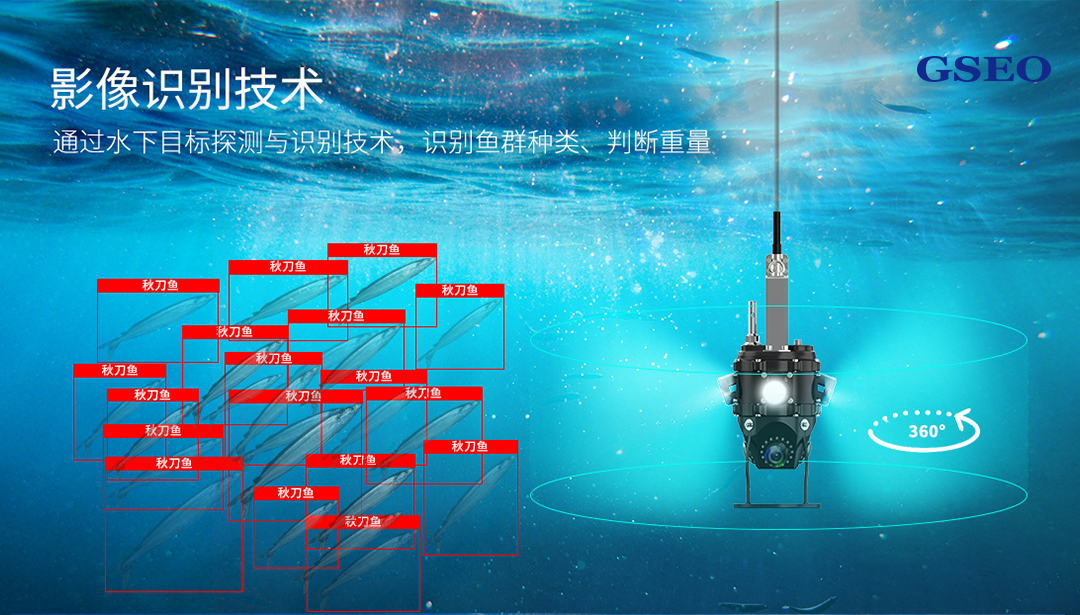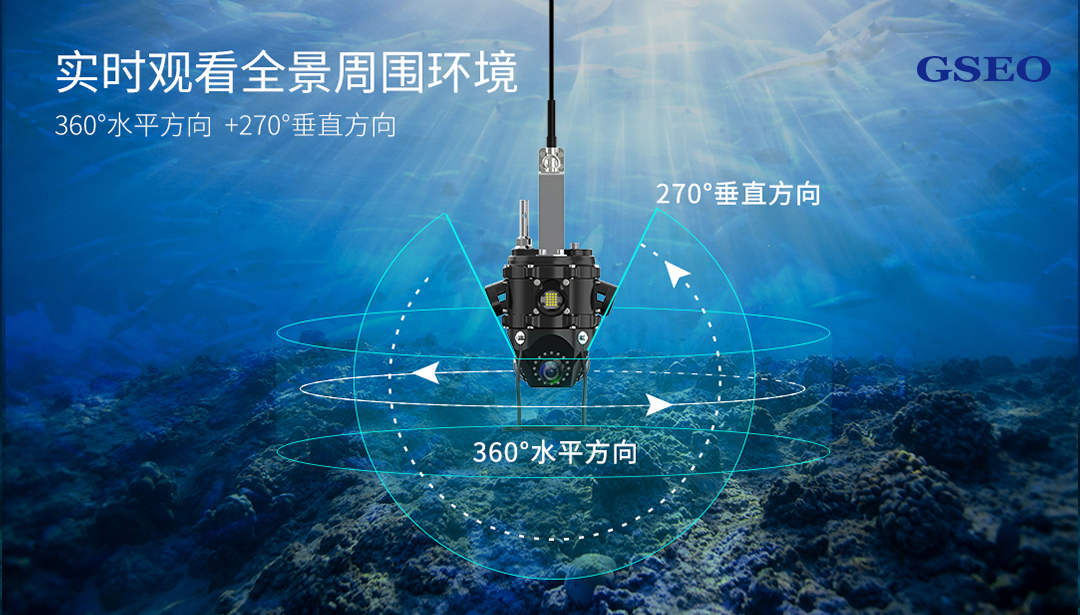News
- Company News
Company News
- Industry News
Industry News
Accurate fishing! Uncover the precise fish identification technology of Pacific saury fishing
It is reported that in March 2023, participants in the "International Conference on North Pacific Pacific saury Resource Management" reached a consensus to reduce the upper limit of Pacific saury catches in the North Pacific from 330000 tons to 250000 tons per year, a decrease of 25%, in 2023~2024! Why has fishing volume in various countries been reduced?

(Source Network: North Pacific Fisheries Commission Annual Meeting)
Pacific saury, as its name suggests, is as slender as a knife. It is produced in autumn. It is widely distributed in the northwest Pacific Ocean and is a typical surface migratory fish. Pacific saury fishery is one of the important fisheries in the North Pacific Ocean. It is the traditional fishing target of Russia, Japan, South Korea and other countries. It is also one of the main target species of China's pelagic fishery in recent years.
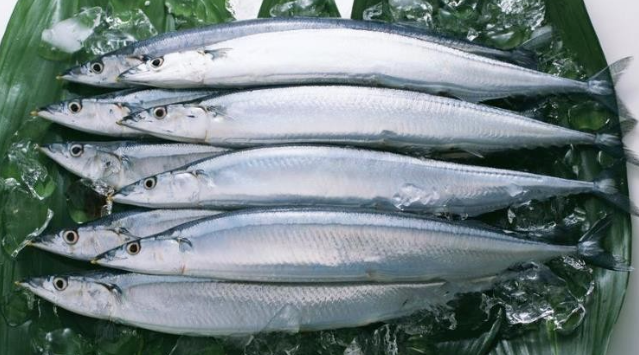
(Image source network: Pacific saury)
PART 01
The sustainable development of deep-sea fisheries has significantly improved overall strength
In 1976, Taiwan began to try Pacific saury fishing in the North Pacific, and has achieved significant economic benefits so far. In 2003, China's mainland began to carry out Pacific saury fishing in the North Pacific Ocean. By 2017, the industry scale had entered the forefront of the world. By the end of 2019, China had 27001 ocean going fishing vessels approved for operation, including 1589 high seas fishing vessels.
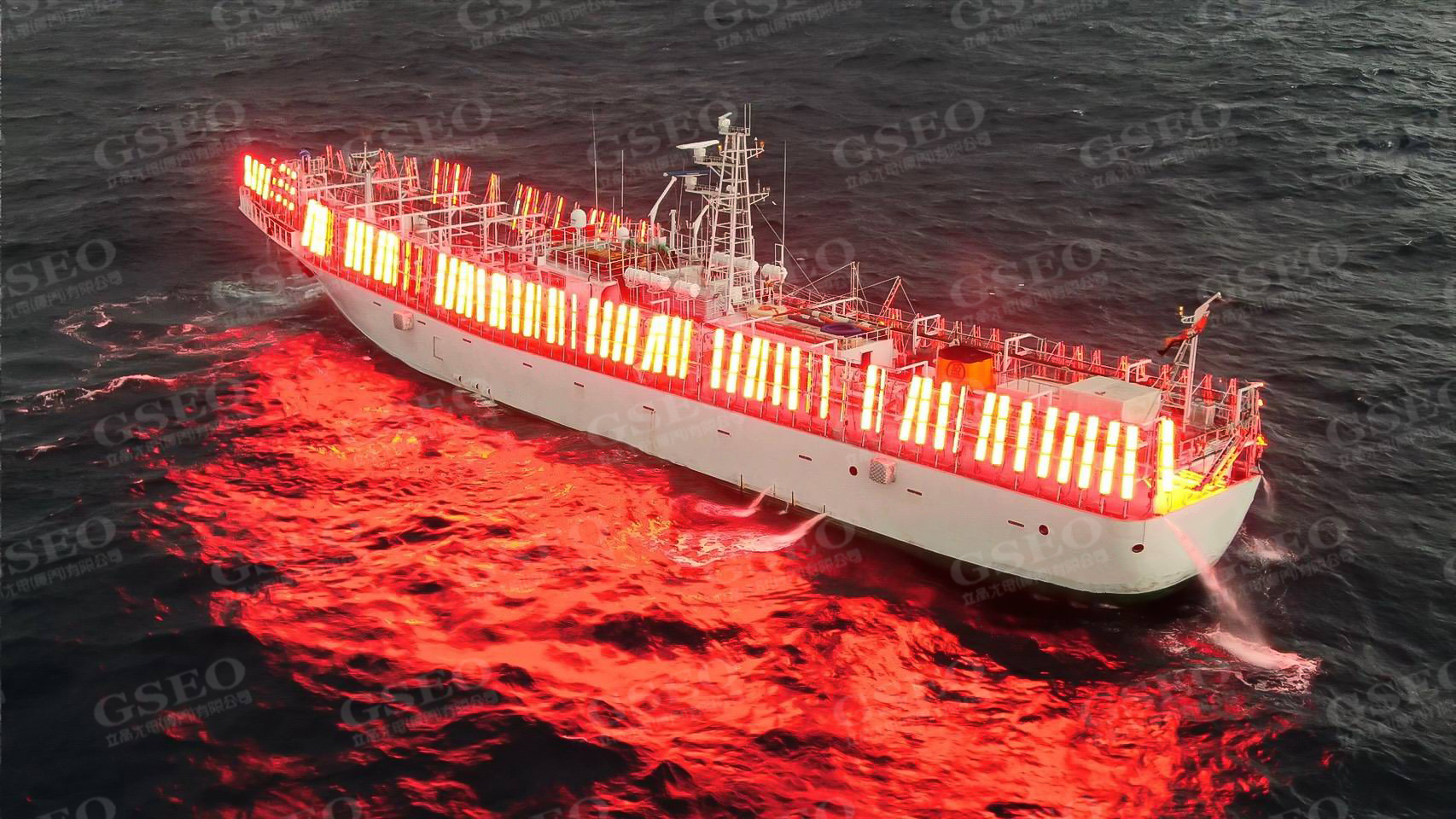
PART 02
Applicable spectrum design for Pacific saury GSEO LED fish collecting lamp
Pacific saury is a group fish that is extremely sensitive to light, especially red light. As long as the red light is turned on, Pacific saury will gather towards the red light. According to the characteristics of Pacific saury, Crystal Optoelectronics has designed an LED fish collecting lamp specifically suitable for Pacific saury fishing based on the applicable spectrum of Pacific saury.


(Installation example of Pacific saury LED fish light)
Pacific saury fishing mainly adopts the method of lifting the net on the side. Sonar is used to detect the fish stocks. When the fish stocks are detected, the fishing boat is close to the fish stocks. According to the Phototaxis of Pacific saury, turn on the catch light on the side to lure the fish stocks, and at the same time, lower the net on the other side. When a certain number of fish are lured, turn on the fishing light and turn off the fishing light on the side without the net in order to lure the fish into the net, float up to the surface, and use a suction pump to catch the fish to complete the fishing.
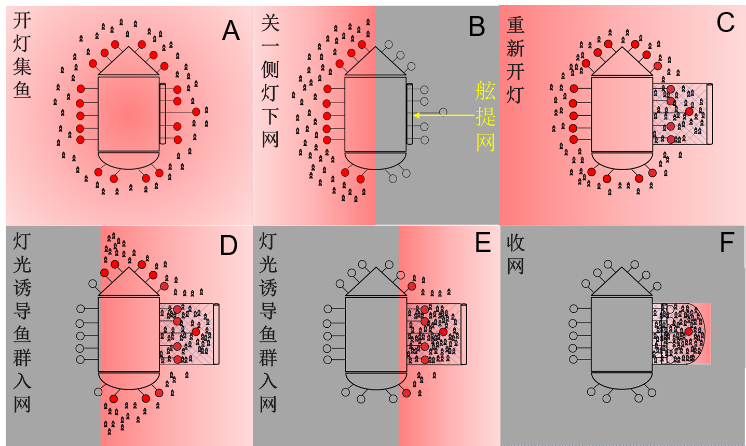
(Image source network: Pacific saury side net lifting operation)
PART 03
Why is the global catch of Pacific saury significantly reduced?
In recent years, the overall situation of the global Pacific saury fishing industry is not optimistic, and the fishing output continues to decline. Even in Japan, Pacific saury has changed from "civilian food" to "luxury goods".
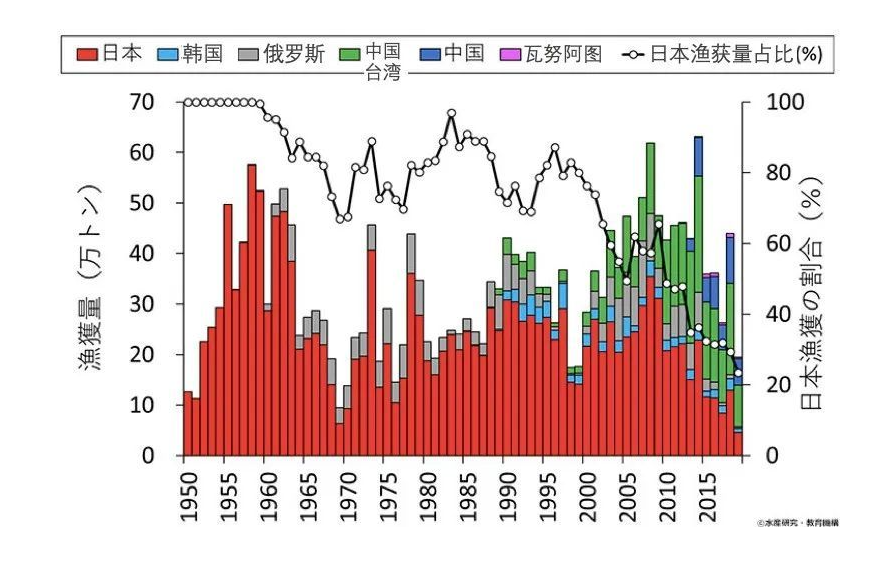
(Source Network: Catches by Countries from 1950 to 2020)
Why does the production of Pacific saury decrease significantly? Many scholars believe that the "fish shortage" encountered in recent years is more closely related to ocean currents and water temperature. Due to changes in the direction of ocean currents, the movement of fish becomes difficult to predict. Normally, Pacific saury mainly spawns in winter, migrates in summer, and asks for bait in autumn. However, global warming has led to a sharp decline in Pacific saury migration, a reduction in Pacific saury resources, and the catch of various countries has also been limited.
PART 04
Marine Environment Impacts Pacific saury Resources
The formation of Pacific saury fishing ground is related to factors such as tidal current and water temperature. It provides a good basis for the growth of marine organisms and fish in the waters where cold and warm currents meet, and it is easy to form a high-yield fishing ground. The central fishing ground is generally in the area where the water temperature changes greatly and Contour line#Temperature and related subjects are dense. Therefore, the marine environment largely determines the central fishing ground and density distribution of Pacific saury.

Nowadays, in the case of industry downturn and catch quota, in order to improve production efficiency, ocean fisheries need to be more energy-saving and time-saving, and build a method of Pacific saury fishing ground detection and accurate fish hunting. So, GSEO launched the D301 panoramic underwater camera, which can also achieve efficient and precise fishing in vast sea areas!
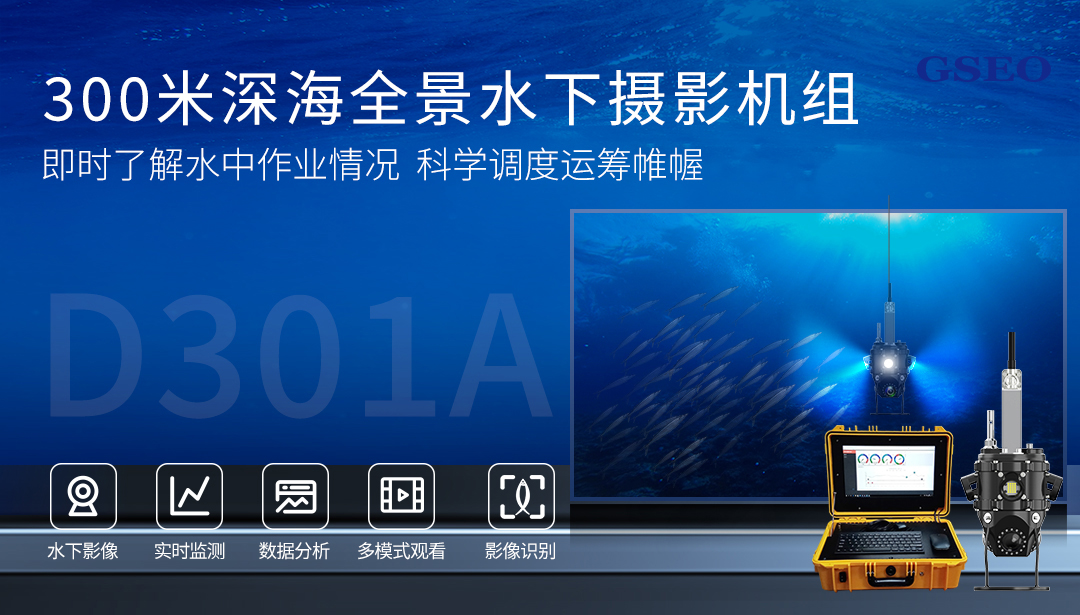
Collect and analyze the marine environment to confirm the location of fishing grounds
As Pacific saury is a short life cycle fish, it is extremely sensitive to changes in the environment, and the location of the fishing ground also changes with changes in environmental conditions. Some scholars have studied that the formation of fishing grounds and the size of resources are closely related to the tide loving and Kuroshio forces and their distribution. The distribution density of Pacific saury in the Kuroshio current axis area and offshore area (high water temperature, high salinity, low chlorophyll-a concentration) is higher than that in the nearshore area (low water temperature, low salinity, high chlorophyll-a concentration). Pacific saury fisheries will be formed in the front of the chlorophyll-a concentration distribution map and temperature map. In coastal waters, Pacific saury fisheries are mostly formed near the chlorophyll-a front. The distribution density is mainly high in the sea areas of 43 ° N~46 ° N and 152 ° E~161 ° E, with a suitable temperature range of 10-24 ℃, an optimal temperature range of 15-18 ℃, and a habitat depth of 0-230m.

(Map source network: Pacific saury fishery distribution)
D301 panoramic underwater camera can carry sensors to obtain important data of the marine environment, collect and analyze them in real time according to customer needs, help the captain and crew to monitor the underwater environment, and combine the ship's ocean satellite remote sensing technology to obtain Sea surface temperature, chlorophyll a concentration of sea water, sea surface flow field, sea surface height, etc., and predict the location of fishing grounds and the distribution of fish resources.
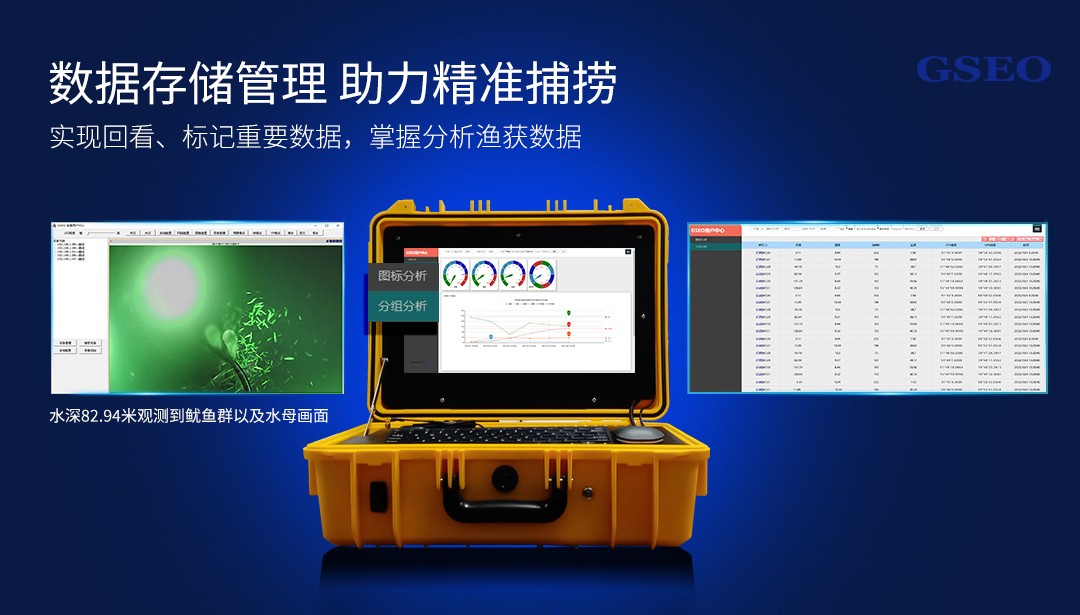
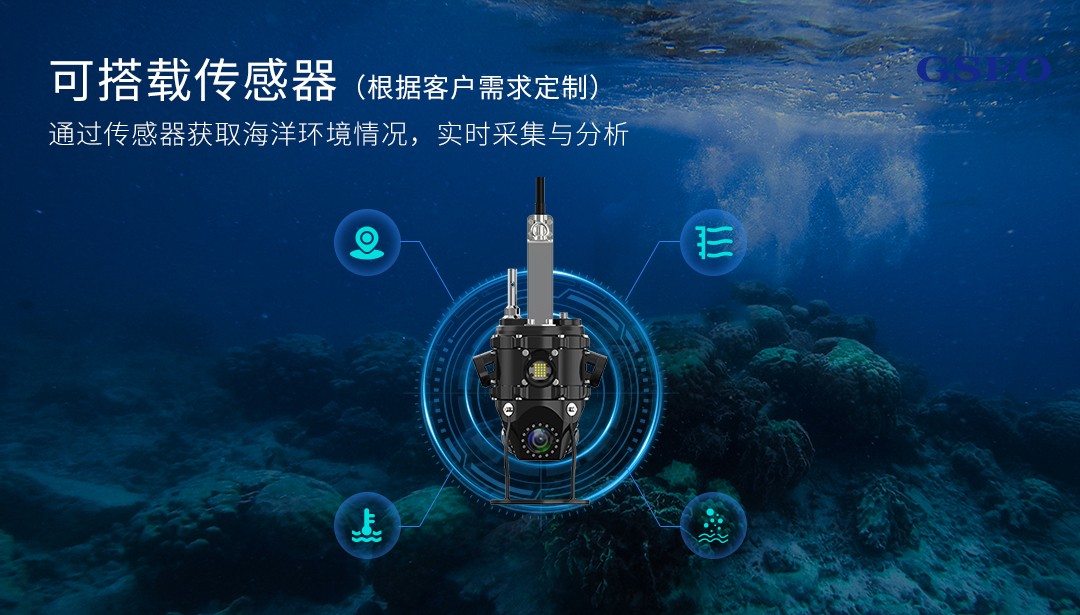
Image recognition technology to assist in precision fishing
In the vast sea, there are abundant fish resources, and it is inevitable to make mistakes in the fishing process. Among them, the green croaker and the Pacific saury are not only similar in shape, but also located in the North Pacific Ocean. They are both marine migratory pelagic fish, which is difficult to achieve precise fishing.
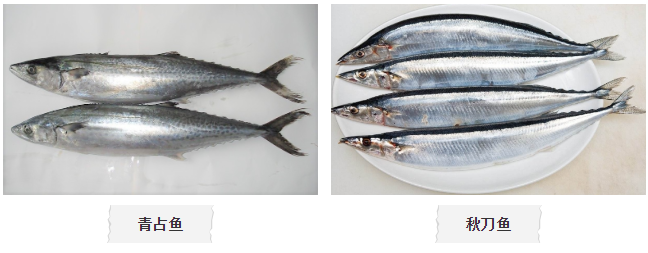
The D301 panoramic underwater camera utilizes underwater target detection and recognition technology to identify fish species and determine weight based on volume. It also supports 360 ° horizontal direction+270 ° vertical direction, real-time viewing of the surrounding environment, understanding of the activities of the Pacific saury group, and can send the information screen back to the mother ship, apply technology to accurately find fish, achieve precision fishing, and improve operating efficiency.
